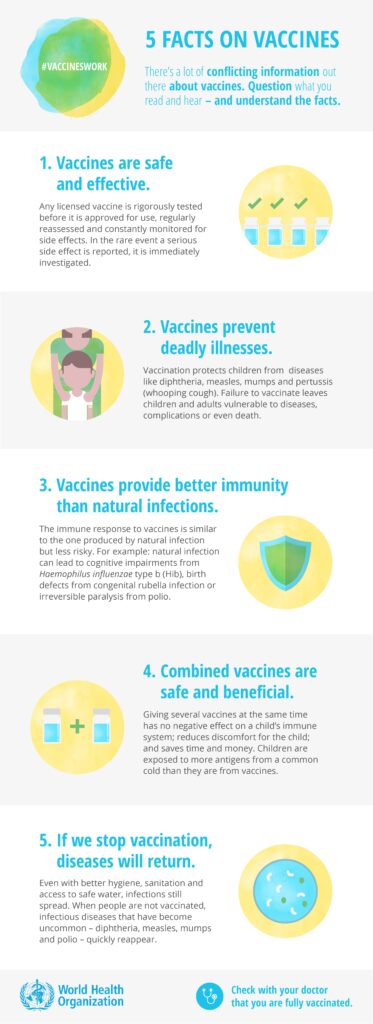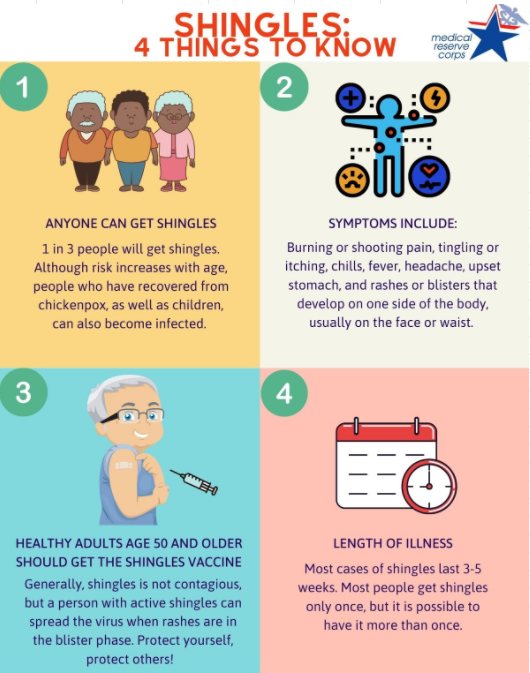2020 Preparedness Month Week 2: Public Health Emergency Preparedness
National Preparedness Month is recognized each September to promote family and community disaster planning now and throughout the year. As our nation continues to respond to COVID-19, there is no better time to be involved! Visit ready.gov/september for more info.
The Medical Reserve Corps (MRC) in Region 4AB have come together to promote National Preparedness Month in our communities. Be sure to check out our weekly training opportunities and additional preparedness information to help assist you and your loved ones to be more prepared for disasters.
Week 2: Public Health Emergency Preparedness
The science of public health is focused on protecting and improving the health of individuals and their communities. Public Health Emergency Preparedness (PHEP) involves cooperation from public health, healthcare systems, communities, and individuals to prevent, respond to, and recover from health emergencies. The importance of PHEP has been highlighted during the current COVID-19 Pandemic.
Training Opportunity: Emergency Dispensing Sites 101
Thursday, September 10th, 6:30 PM
“EDS 101” will educate participants on the purpose and staffing roles of Emergency Dispensing Sites. Additionally, this training will describe the process for dispensing Medical Countermeasures (MCM) to the public and operational changes due to the COVID-19 Pandemic. This training is provided by Garrett Simonsen, the Public Health Emergency Preparedness Planner for Massachusetts Region 4AB. The live event will be capped at 100 individuals – the training recording and materials will be available so volunteers may complete the training on their own time.
Preparedness Activity: Emergency Communication Plan
Creating your Family Emergency Communication Plan starts with one simple question: “What if?”
Communication networks, such as mobile phones and computers, could be unreliable during disasters, and electricity could be disrupted. Planning in advance will help ensure that all the members of your household – including children and people with disabilities and others with access and functional needs, as well as outside caregivers – know how to reach each other and where to meet up in an emergency. Planning starts with three easy steps:
1. Collect: Create a paper copy of the contact information for your family and other people/offices.
2. Share: Make sure everyone carries a copy in their backpack, purse, or wallet.
3. Practice: Have regular household meetings to review and practice your plan.
Visit ready.gov/plan for more details and downloadable communication plan templates.
*The information above is provided by ready.gov




